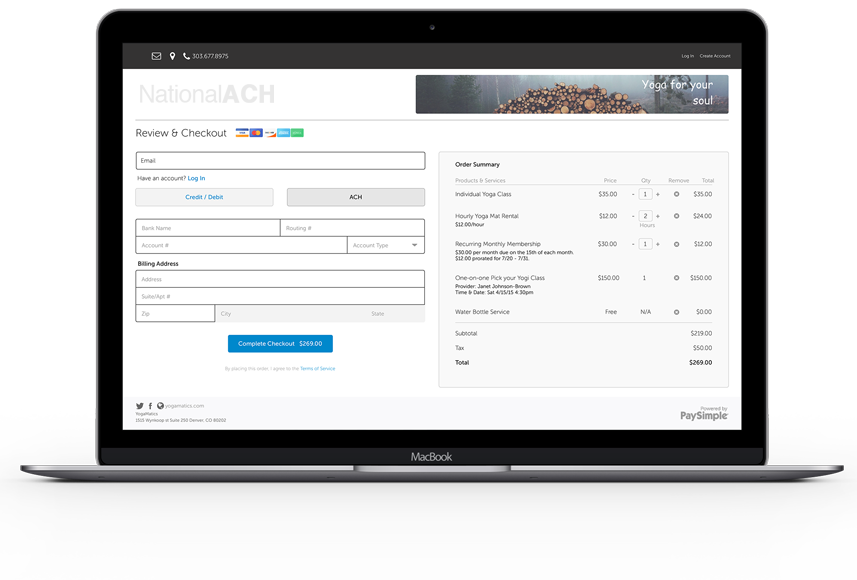Consumers Embrace Electronic Bill Payments
What are Direct Payments?
Direct payment is the term used for paying bills electronically through the ACH payments network.
Direct Payment goes by many names, including automatic bill payment, automatic debit, electronic bill payment, or direct debit.
Billers use direct payments for both one-time or recurring payments of all kinds, including loan and insurance payments, subscriptions, health club membership dues, utility and cable bills, and charitable contributions.
According to NACHA more than 50% of all U.S. households used direct payment for at least one recurring payment during the past year, with close to 4 billion bills being paid with direct payments. Of those consumers using direct payment, 4 out of 5 are very satisfied with the service.
Safe & Secure Payments
Electronically paying bills is quite safe. Problems with direct payment are rare. If a problem should occur, it is easy to resolve.
Customer payments are safeguarded by the Federal Reserve Board’s Regulation E. Consumers are protected from unauthorized debits from their checking and savings accounts and have the right to stop or reverse a payment they believe they did not authorize or was made in error.
Direct payments can be made on the billers’ website, through online banking bill pay, by telephone, or through a third party biller. Direct payment for recurring billing virtually eliminates late fees, which can easily amount to $30 per payment.
Conclusion
Benefits for companies that offer direct payments include
- eliminating the manual processes involved in handling check payments
- improve accuracy
- enhance efficiency
- skyrocket productivity
Are you a biller interested in a direct payment account?
Contact info@nationalach.com today
